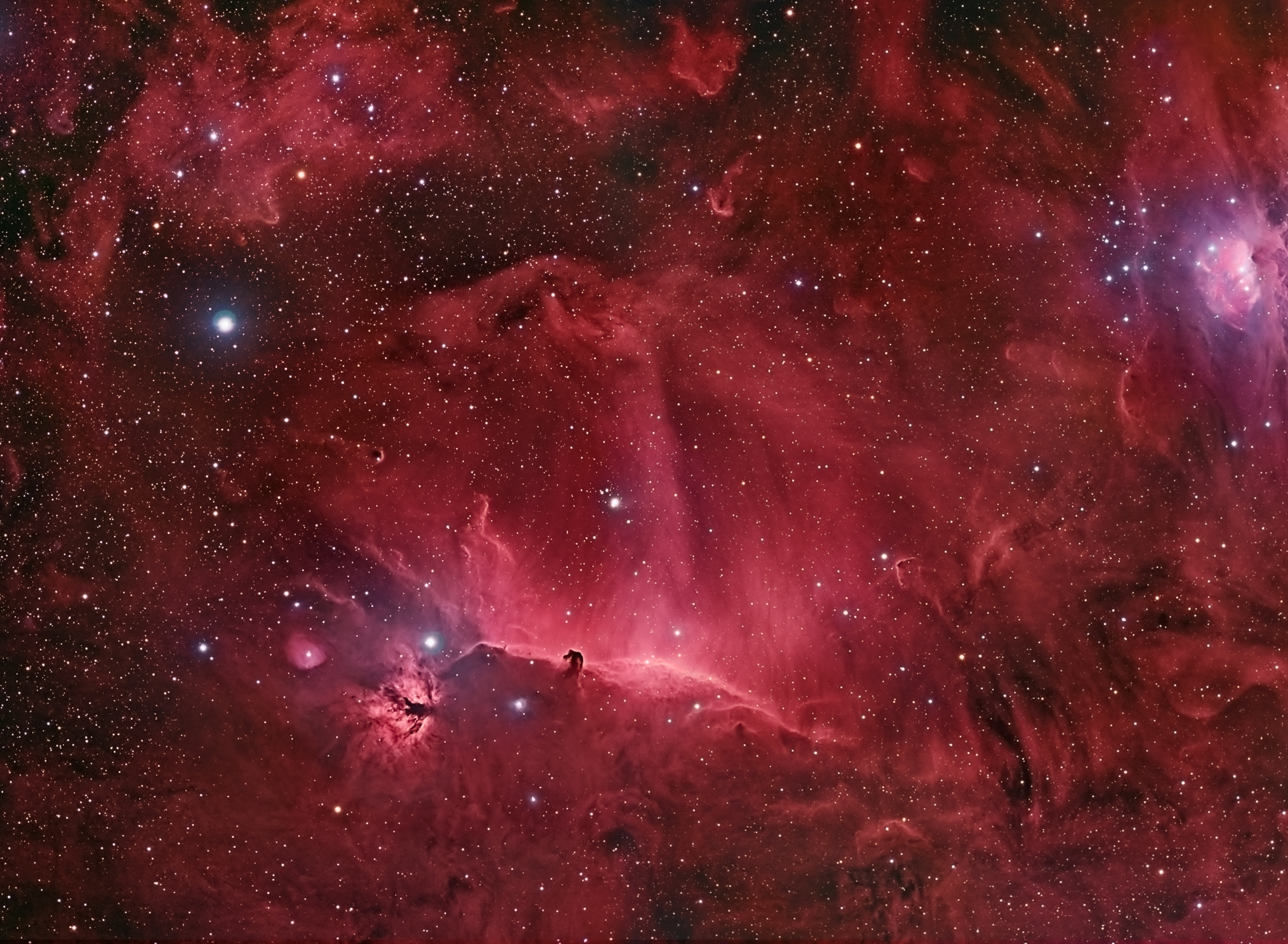The arrival of the warm and long days of summer also marks the return of the
Summer Triangle and three of the brightest stars in the night sky, Deneb, Altair and Vega. I wax poetically about these sparkling gems when I give a star talk during warm summer nights, with each of the three stars bringing us a unique perspective. All three are in or near the band of the Milky Way, so a close up look at these through binoculars reveals the depths of our home galaxy. This week the
Astronomy Picture of the Day (APOD) featured detailed descriptions of these stars and an excellent photograph shown here. Their article says it best.
 |
| Three Stars of the Summer Triangle |
From APOD: "Rising at the start of a northern summer's night, these three bright stars form the familiar asterism known as the Summer Triangle. Altair, Deneb, and Vega are the alpha stars of their respective constellations, Aquila, Cygnus, and Lyra, nestled near the Milky Way. Close in apparent brightness the three do look similar in these telescopic portraits, but all have their own stellar stories. Their similar appearance hides the fact that the Summer Triangle stars actually span a large range in intrinsic luminosity and distance. A main sequence dwarf star, Altair is some 10 times brighter than the Sun and 17 light-years away, while Vega, also a hydrogen-fusing dwarf, is around 30 times brighter than the Sun and lies 25 light-years away. Supergiant Deneb, at about 54,000 times the solar luminosity, lies some 1,400 light-years distant. Of course, with a whitish blue hue, the stars of the Summer Triangle are all hotter than the Sun."
It's easy to spot the majestic asterism of the Summer Triangle rising out of the east after the late sunsets of June. Take a few minutes to appreciate the three stars that make up this distinctive pattern in the night sky.
Image and text courtesy of NASA and Rogelio Bernal Andreo.








